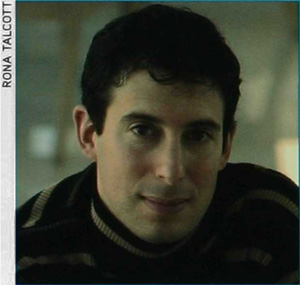
ERIC KLINENBERG is an associate professor of sociology at New York University. His first book, Heat Wave: A Social Autopsy of Disaster in Chicago, was praised as a dense and subtle portrait (Malcolm Gladwell, The New Yorker); a remarkable, riveting account (American Prospect); intellectually exciting (Amartya Sen); and a trenchant, persuasive tale of slow murder by public policy (Salon). The recipient of numerous academic awards and fellowships, Klinenberg has written for Rolling Stone, The Nation, The Washington Post, and Slate.
FROM THE CRITICALLY ACCLAIMED AUTHOR OF HEAT WAVE, A GROUNDBREAKING INVESTIGATIVE WORK DESCRIBING THE CORPORATE TAKEOVER OF LOCAL NEWS AND WHAT IT MEANS FOR ALL AMERICANS
For the residents of Minot, North Dakota, Clear Channel Communications is synonymous with disaster. Early in the morning of January 18, 2002, a train derailment sent a cloud of poisonous gas drifting toward the small town. Minots fire and rescue departments attempted to reach Clear Channel, which owned and operated all six local commercial radio stations, to warn residents of the approaching threat. But in the age of canned programming and virtual DJs, there was no one in the conglomerates studio to answer the call. The people of Minot were taken unaware. The result: one death and more than a thousand injuries.
But such disasters are only the most dramatic illustration of Big Medias indifference to the public interest. Drawing us deep into the world of preprogrammed radio shows, empty television news stations, and copycat newspapers, Eric Klinenbergs Fighting for Air shows how corporate ownership and control of local media have everywhere impaired American political and cultural life. In vivid and richly detailed narratives, Klinenberg recounts the rise of Clear Channel (which ballooned from just forty radio stations to more than twelve hundred in a decade), Sinclair Broadcast Group, Tribune Company, and the consolidation of conglomerates of unprecedented power. He documents the governments malign neglect, as federal agencies charged with promoting diversity and competition ceded control to the very conglomerates that consistently undermine these values and goals. And he demonstrates the damage caused to the democratic citizenry: robbed of diverse, quality media, an uninformed public is left without the means to make decisions on matters from housing to health care, criminal justice to campaign finance, abortion to the minimum wage.
But the forecast is not entirely bleak, in the face of homogenized news and entertainment, Fighting for Air reveals a rising generation of media activists and citizen journalistsan unexpected coalition of liberals and libertarians, conservatives and progressivesready to demand and create the local voices and relevant content they need and deserve. An urgent work of penetrating research, social history, and political analysis, Fighting for Air for the first time fully illuminates a pervasive and insidious trend of the greatest national consequence.
ALSO BY ERIC KLINENBERG
Heat Wave: A Social Autopsy of Disaster in Chicago
FIGHTING FOR AIR
FIGHTING FOR AIR
THE BATTLE TO CONTROL AMERICAS MEDIA
ERIC KLINENBERG


Metropolitan Books
Henry Holt and Company, LLC
Publishers since 1866
175 Fifth Avenue
New York, New York 10010
www.henryholt.com
Metropolitan Books and  are registered trademarks of
are registered trademarks of
Henry Holt and Company, LLC.
Copyright 2007 by Eric Klinenberg
All rights reserved.
Distributed in Canada by H. B. Fenn and Company Ltd.
Library of Congress Cataloging-in-Publication Data
Klinenberg, Eric.
Fighting for air : the battle to control Americas media / Eric Klinenberg. 1st ed.
p. cm.
Includes index.
ISBN-13: 978-0-8050-7819-0
ISBN-10: 0-8050-7819-3
1. Broadcasting policyUnited States. 2. Mass media policyUnited States.
I. Title.
HE8689.8 .K625 2007
302.230973dc22
2006049627
Henry Holt books are available for special promotions and
premiums. For details contact: Director, Special Markets.
First Edition 2007
Designed by Kelly S. Too
Printed in the United States of America
1 3 5 7 9 1 0 8 6 4 2
For Caitlin
CONTENTS
INTRIDUCTION
THE EMPTY STUDIO
At approximately 1:39 a.m. on January 18, 2002, a 112-car Canadian Pacific Railway train carrying hazardous chemicals derailed just outside Minot, North Dakota, the fourth largest city in the state. According to the operating crew, the train had been traveling at forty miles an hour, and the accident happened when they attempted to slow down after hitting a rough spot on the tracks. Thirty-one cars jumped off the rails, and several burst open, spilling about 240,000 gallons of anhydrous ammonia, a toxic compound commonly used as a fertilizer, into a woodsy neighborhood called Tierrecita Vallejo, Lovely Land of the Valley.
Minot, a quiet town with a population of nearly thirty-seven thousand nestled into a low-lying valley below the Canadian border, developed with the expansion of the rail lines and is now known for its air force base and annual state fair. In winter, arctic air grips the region, freezing winds howl through the streets, and residents hunker down. On the morning of the accident the winds were unusually gentle, and instead of dispersing, the anhydrous ammonia quickly formed a vapor plume that covered the crash site, spread to the adjacent residential area, and floated ominously toward town. Once they realized what was happening, the train crew unhitched their two locomotives and hurried into Minot. The conductor used his personal cell phone to call Ward County 911.
OPERATOR: 9-1-1, whats the emergency?
CALLER: uh, uh, this Minot Dispatch?
OPERATOR: Yes, it is.
CALLER: Weve got an emerg, just had a derailment. Weve got an explosion. Oh, its around Tierrecita, Tierrecita Val, Vallejo, uh, CP Rail, we just had a derailment and weve got an explosive. Over.
OPERATOR: OKAY. Uh, do you know what kind of chemicals are on board, sir?
CALLER: Uh, weve got hazardous material and I can smell stuff now.
Although the Ward County 911 dispatchers do not see much action in the dead of winter, they had an emergency management plan in place. After taking the conductors call, the operator paged the Minot Rural Fire Department, and within two minutes the chief and assistant chief responded. They sent six units from the rural fire hall to the accident site, requested mutual aid from the Minot City Fire Department and the Burlington Fire Department, and notified the Air Force Base Hazardous Materials Team. Ward County also sent officers from its Sheriffs Department to the scene.
Local officials had to issue a public warning with information about the spill as well as instructions on how civilians could stay safe. Emergency personnel were familiar with anhydrous because local farmers use it regularly, and their advice was simple: Stay indoors, away from the spill. Cover your mouth with a wet washcloth if you have trouble breathing. Turn off your home furnace. Do not try to drive through the cloud. Anhydrous takes oxygen out of the air and is capable of shutting down car engines. In large enough doses, anhydrous shuts down the human respiratory system, too. Even limited exposure burns the eyes, the skin, and the lungs. The emergency crews feared that some civilians who smelled or saw the toxic cloud would leave their homes in hope of outrunning it, only to put themselves in harms way.
Next page


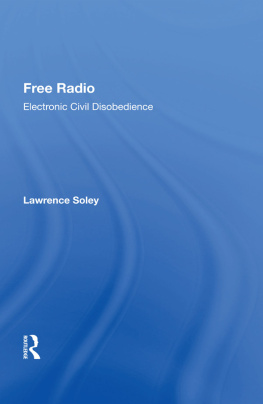
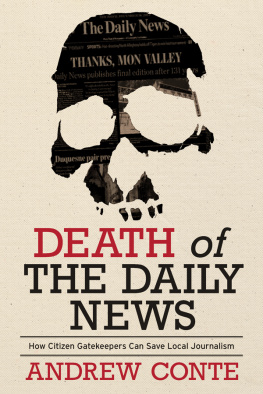
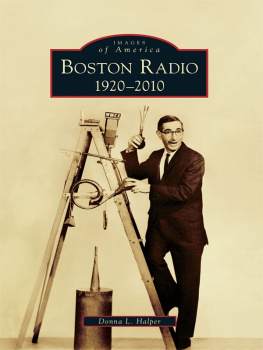


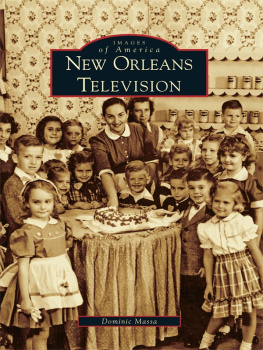




 are registered trademarks of
are registered trademarks of